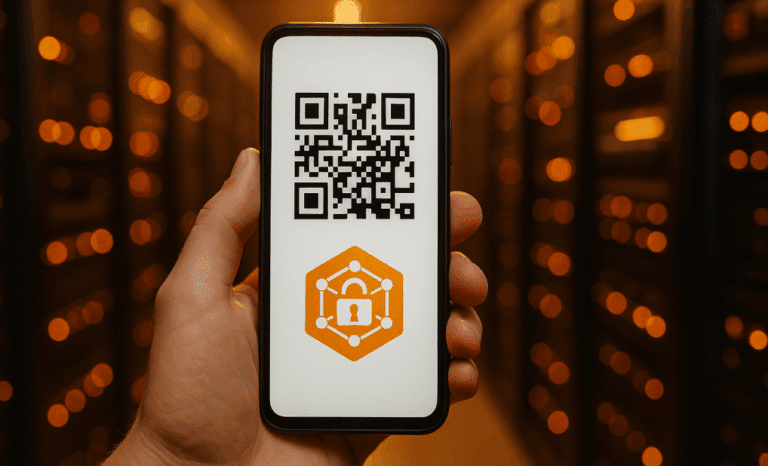What happens when one of the most accessible digital tools—QR codes—meets one of the most secure innovations—blockchain technology? A new frontier in trust, traceability, and user experience. While a simple QR code scanner might feel like old news, combining QR codes and blockchain technology opens up fresh opportunities for secure data handling, especially in sectors like finance, healthcare, and supply chains.
Why pair QR codes and blockchain technology?
Let’s start with the basics. A QR code (short for quick response code) is a scannable barcode that directs a user to a URL link, stores small amounts of data, or triggers certain app actions. On their own, dynamic QR codes offer flexibility—allowing the destination to be updated without changing the code. But they’re still reliant on a central server for redirection and data storage.
That’s where blockchain technology comes in. By anchoring key QR code data—like product origin, transaction details, or authentication proofs—onto a blockchain network, we unlock a new layer of trust. Why? Because blockchain’s decentralized, tamper-proof, and immutable nature makes it virtually impossible to alter the information once it’s stored.
Real-world use cases of blockchain-based QR codes
Enhancing transparency in the supply chain
One of the clearest applications is in supply chain traceability. A blockchain-based QR code placed on a product package can hold a unique hash value linked to the entire chain of custody—from raw materials to the final store shelf.
When a consumer scans the code, they see verified information like factory locations, shipping records, and certifications. The blockchain ensures that the information hasn’t been tampered with, and it all happens instantly with a standard QR code scanner.
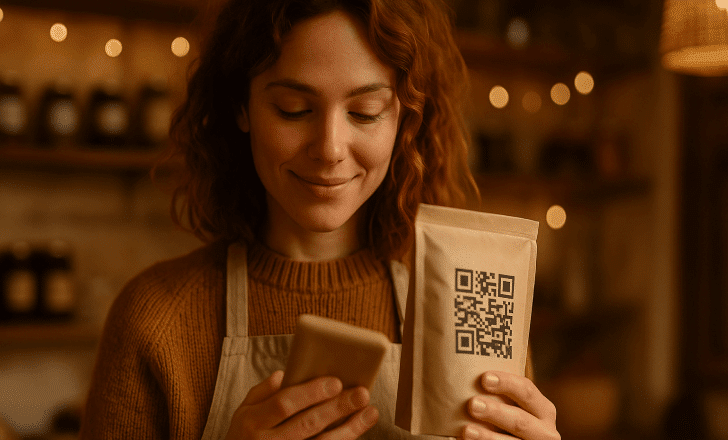
Reducing fraud and proving authenticity
In luxury goods, pharmaceuticals, and fine art, proving ownership and authenticity is a critical need. Blockchain-anchored QR codes provide a public key reference to a specific asset. The combination of quick response codes and blockchain’s decentralized verification system makes it easy to confirm whether a product is original—without trusting a single central authority.

Empowering payment systems and digital receipts
Blockchain enabled QR payments are gaining traction in fintech. When you scan a QR code to complete a transaction, that action can be recorded on the blockchain system, adding traceability and protection against potential threats. For example, if two parties agree on a price via smart contracts, the transaction details are immutable and transparent to both.
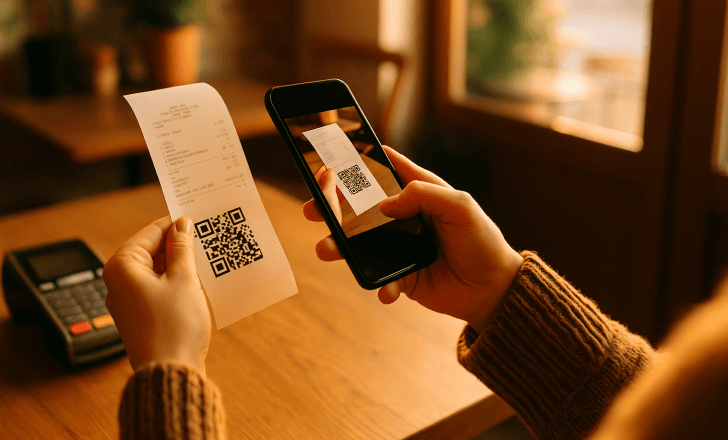
How blockchain QR codes actually work
Here’s the simplified version: When a dynamic QR code is generated, it contains or links to a specific block of data. That data is assigned a hash—a unique digital fingerprint. The same hash value cannot be regenerated from different data, making any tampering immediately detectable.
Once the hash is written to the blockchain, any user can scan the QR code to verify that the data stored matches what was originally written. Even if someone tries to change the code, the mismatch in hash values exposes the alteration.
This tamper-proof approach can also support two factor authentication, where a user must both scan a QR code and verify ownership via blockchain-held credentials.
Blockchain’s role in future QR code technology
We’re already seeing artificial intelligence tools pair with QR code technology to personalize user experiences. Add blockchain to the mix, and the QR code becomes more than a portal—it becomes a secure process trigger.
For example, a user access point like a secure door could require a QR scan backed by a blockchain verified identity. Or imagine marketing campaigns that adjust their message dynamically based on previous scans—but with data integrity ensured through the blockchain network.
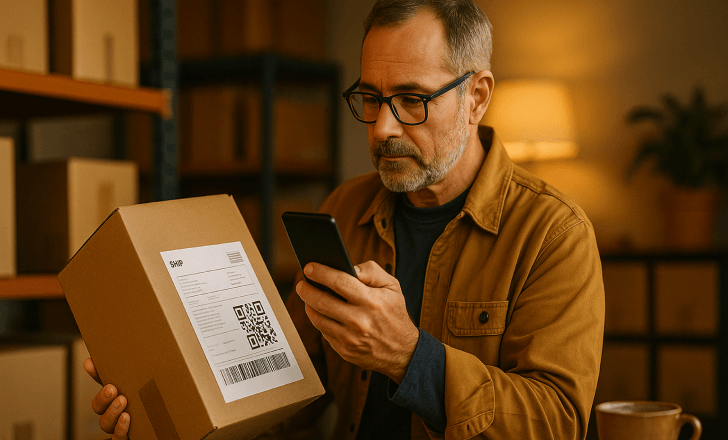
Are blockchain-based QR codes scalable?
Yes, but with caveats. Blockchain systems require processing power and incur costs for writing data to the chain. However, projects are emerging that use hybrid models: the QR code contains a lightweight link or unique hash, and only essential data is stored on-chain. This balances performance, security, and cost-efficiency.
These models are already in pilot across logistics, food safety, and identity verification sectors. And as blockchain protocols evolve—becoming faster, greener, and cheaper—the barrier to mass adoption will shrink.
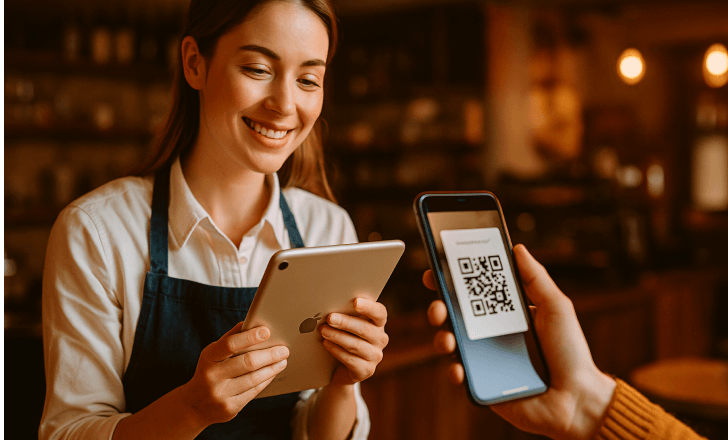
What industries will benefit most from blockchain QR codes?
- Retail and luxury goods: To verify authenticity and track ownership
- Food and agriculture: For tracing origin, certification, and freshness
- Healthcare and pharma: To fight counterfeit drugs and prove compliance
- Finance and banking: For secure mobile payments and identity verification
- Events and ticketing: To combat fraud and scalping
Each case benefits from the same principle: combining the accessibility of a QR code with the integrity of blockchain technology.

Can blockchain help prevent human error in QR code systems?
Yes—especially in systems where mistakes have high stakes. By decentralizing and automating verification steps, blockchain-based QR codes reduce the risk of human error, such as misprinted links or altered product records. Once the hash value is assigned and confirmed on the blockchain, it becomes a source of truth—not just a guess.
How do blockchain QR codes compare to traditional QR codes?
Traditional QR codes are easy to make and use, but they depend on trust in the central server hosting the content. They’re also susceptible to being overwritten or redirected without notice.
Blockchain-based QR codes don’t just link to a final destination—they embed a verifiable record of what that destination is, was, and should be. Even if two QR codes look identical, the blockchain layer can confirm whether one has been altered. That’s a major step up in security and accountability.
What are the challenges of using blockchain with QR codes?
Like any new tech, adoption has its hurdles. These include:
- Complexity of implementation and maintenance
- User education (people may not understand what’s different)
- Cost of blockchain transactions for high-volume use cases
- Speed (blockchain write times can be slower than centralized databases)
However, these are solvable problems. And with increasing investment in blockchain QR infrastructure, the path to frictionless integration is getting shorter.
How do QR codes and blockchain technology work together?
When combined, QR code technology acts as the access point, and blockchain technology acts as the secure storage and verification layer. The QR code contains or links to data—like a transaction receipt, product record, or access key. That data is also logged in a blockchain system, often represented by a hash value.
So when a QR code scanner is used, the system checks that the data matches what’s on the blockchain network. If it doesn’t, it’s flagged as altered. This setup makes it tamper-proof, traceable, and ideal for situations where security, authenticity, or ownership verification matters.
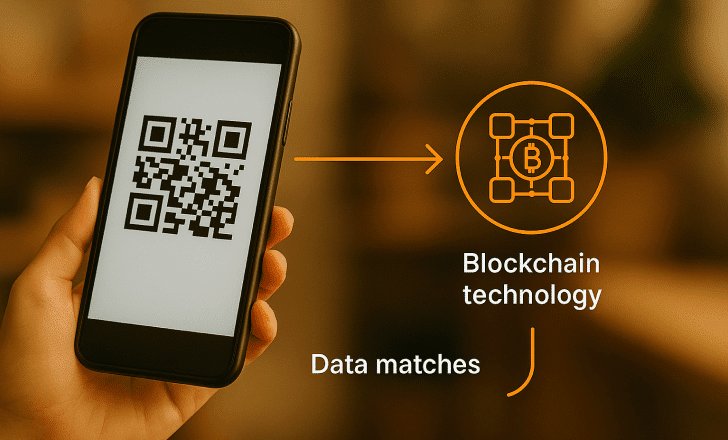
Can blockchain QR codes help prevent data tampering?
Yes. One of the biggest strengths of using blockchain technology with QR codes is data integrity. Once data is stored on a blockchain, it can’t be changed or deleted—only appended. That makes it tamper-resistant by design.
For example, if someone tries to swap out a product’s linked page or change the contents of a document after the QR code has been issued, the hash won’t match the original record. This mismatch signals potential data tampering and stops the breach before it spreads.
What are the benefits of using blockchain for QR code authentication?
Blockchain adds a strong layer of trust and transparency to QR code authentication. Benefits include:
- Tamper-proof verification: Data can’t be secretly altered or faked.
- Decentralized validation: No need to rely on a central server—the network agrees on what’s valid.
- Proof of ownership: Perfect for tracking certificates, documents, or digital assets.
- Audit trail: Every change or transaction is logged permanently.
- Improved security: Reduces human error and minimizes the risk of potential threats.
In short, blockchain makes QR code authentication more robust, especially in industries like finance, healthcare, and luxury goods.
Are blockchain QR codes useful for marketing and user access?
Absolutely. While blockchain might sound complex, its benefits translate well into everyday marketing campaigns and user engagement strategies. A blockchain-based QR code can:
- Ensure users always reach the final destination without risk of tampering.
- Enable personalized rewards while protecting sensitive user data.
- Verify participation in a secure and transparent way (e.g., contests, access passes).
- Allow users to prove ownership of NFTs, loyalty points, or event tickets.
For user access, such as digital identities or gated content, blockchain ensures that only authorized users can unlock access—without passwords or apps.
How do smart contracts interact with QR code scans?
Smart contracts are self-executing scripts stored on a blockchain network. When triggered—such as by scanning a QR code—they perform specific actions automatically, without human involvement.
Example: Scanning a QR code at a concert could trigger a smart contract that checks your ticket’s validity and unlocks venue access. Or scanning a product QR could activate a cashback offer only if it’s your first purchase.
This adds automation, security, and efficiency to physical interactions, creating more dynamic and responsive QR experiences.
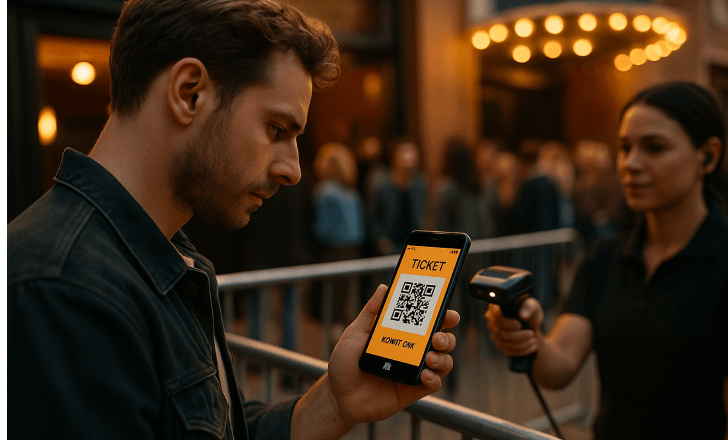
What’s the future of QR code technology with blockchain integration?
The future is layered, intelligent, and more secure. As AI, blockchain, and QR code technology evolve together, we’ll see:
- Widespread use of blockchain-enabled QR codes for secure identity, payments, and supply chains.
- Greater user trust in scannable content, especially as awareness of scams grows.
- More brands using QR codes as decentralized access points for assets, ownership rights, or digital services.
- Smarter systems that integrate artificial intelligence to personalize what happens after the scan—while blockchain ensures the data is accurate.
Together, these technologies will redefine what it means to scan a QR code—moving from a simple link to a secure, traceable, and intelligent interaction.
